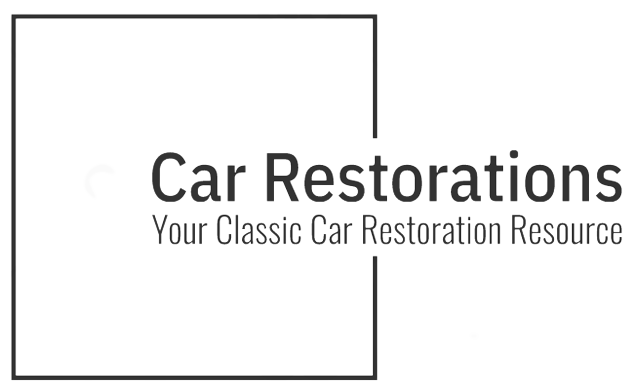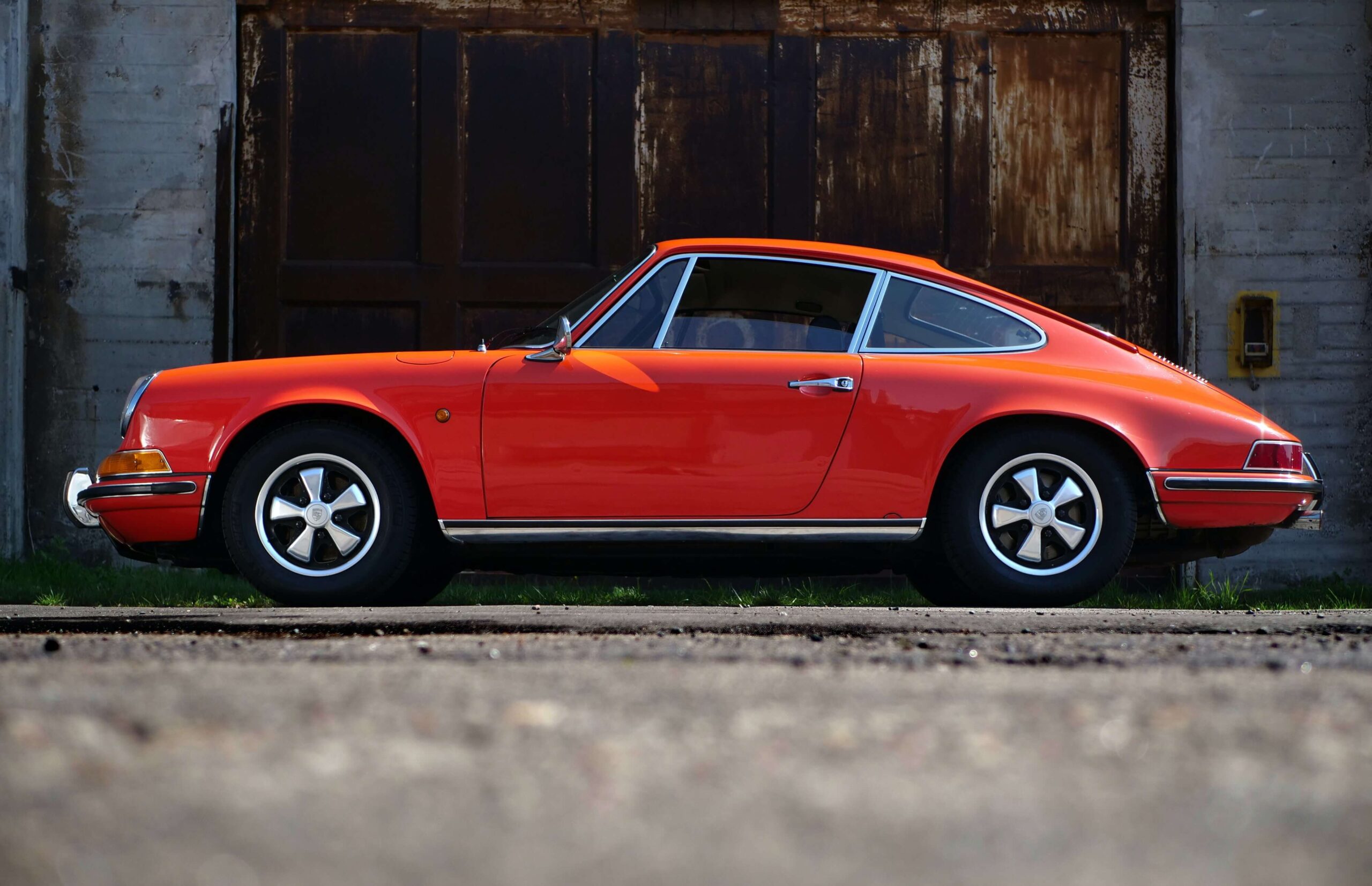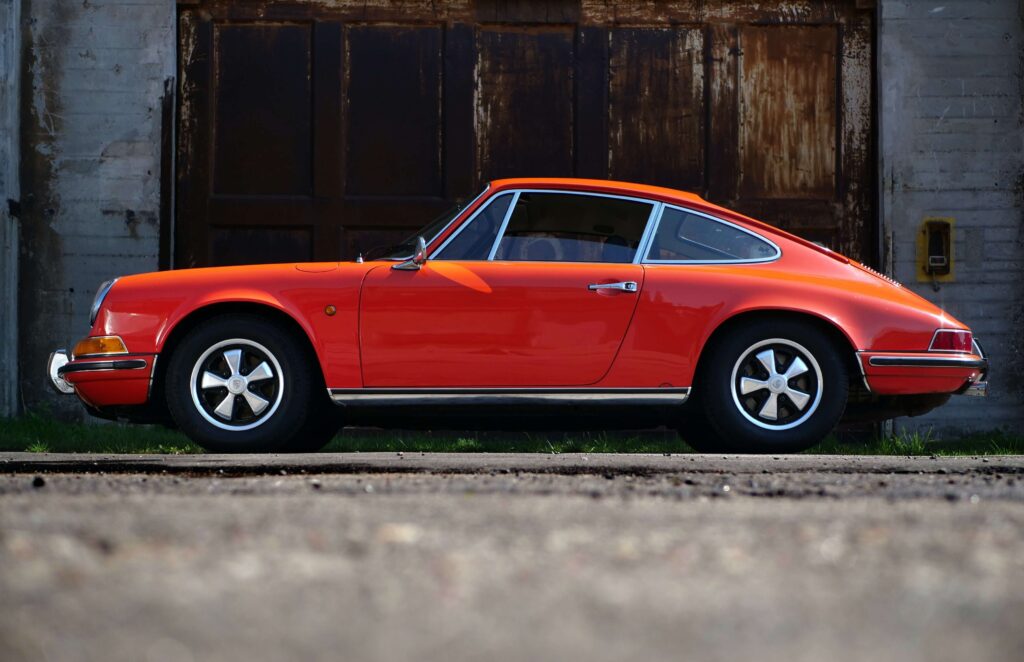Classic Car Trim Restoration: A Comprehensive Guide
For countless aficionados, classic cars are not merely vehicles; they are a passion, a legacy. Many embark on the meticulous journey of restoring these automotive gems, transforming them from decrepit conditions to their erstwhile splendor. Though it may seem less daunting than refurbishing an engine or exterior, classic car trim restoration is far from straightforward, even for newer models.
Understanding Classic Car Trim Restoration
In the automotive world, when a car rolls off the production line, it flaunts a specific internal configuration, referred to as the car trim. This encompasses all internal finishings – from woodwork, panelling, seals, dash top, seats, to carpets and even the steering wheel. Recognizing the intricacies of these components is crucial for those aiming to revive their vehicle to its original state.
Trim restoration is typically the final piece of the restoration puzzle, following the repair and renovation of essential parts like the engine and bodywork. It’s the finesse that breathes life back into your vintage vehicle, turning heads as you cruise down memory lane.
Weighing the Possibilities in Classic Car Restoration
Even the most rudimentary classic car restorations pose challenges and demand a balance between what can be restored, replaced, and afforded. Faithful restorations require significant time and effort in sourcing materials and replacement parts. Several factors come into play:
- Vehicle Condition: The initial state of the vehicle is a pivotal factor. The extent of restoration varies, depending on whether you’re starting with just a frame and engine parts or dealing with minor component replacements and rust repairs. Trim components, though seemingly insignificant, tend to degrade faster over time.
- Your Skills: Your proficiency in mechanics and craftsmanship determines which tasks you can undertake and which require professional intervention. For many, the restoration journey is an opportunity to acquire new skills, depending on personal goals.
- Available Resources: Beyond finances, accessing replacement components like seats and panelling is critical. Numerous classic car groups offer advice and assist in procuring original parts. Consideration of the restoration location and requisite tools is equally essential.
Strategizing Your Classic Car Trim Restoration
Every significant endeavor necessitates a well-thought-out plan, and classic car trim restoration is no exception. Assessing the interior thoroughly to identify elements needing repair, refurbishment, or replacement is vital. Collaborating with experienced local garages or connecting with fellow enthusiasts can provide valuable insights and guidance.
Diving into Details: Components of Classic Car Trim Restoration
1. Panelling
Panelling spans from the dashboard to the door interiors. Depending on the car model, like Morris Minor or Jaguar, the materials used may be subject to considerable degradation. Assessing the level of damage is essential to determine whether repairs or replacements are needed. Custom-made door panels and specific OEM specifications ensure a seamless fit.
2. Seats
Evaluating both the upholstery and frame of the seats is essential. While minor damages may require simple repairs, significant wear, especially on fabric seats, might necessitate complete reupholstering. Ensuring consistency across all seats is crucial for a uniform look.
3. Knobs and Dials
These elements are pivotal to the overall aesthetics of your vehicle. Replacing worn gear knobs and housing or refurbishing dials may require professional input, especially for sourcing parts for older models or integrating modern upgrades.
4. Steering Wheel
Given its constant use, the steering wheel may exhibit significant wear. Sourcing replacements for distinctive steering wheels can be challenging, but bespoke solutions are available from specialized manufacturers.
5. Carpets
Carpets bear the brunt of regular wear and tear. Options for restoration include careful cleaning or complete replacement, with several online retailers offering tailored solutions.
6. Roof Hood
The roof hood can be a challenging component to repair or replace, given the scarcity of bespoke solutions. Renovation is often the most viable route.
Conclusion: Crafting a Legacy
Embarking on a classic car trim restoration is not just about rejuvenating a vehicle; it’s about reviving a piece of history, crafting a legacy. With careful consideration, meticulous planning, and a passion for perfection, you can navigate the complexities of restoration and see your vintage beauty shine in its full glory once again.
FAQs
- Q: What is meant by classic car trim restoration? A: Classic car trim restoration refers to the process of restoring the internal finishing of a classic car, including elements such as woodwork, panelling, seats, carpets, and the steering wheel. This meticulous process aims to bring the vehicle back to its original condition, enhancing its aesthetics and value.
- Q: How important is it to maintain the originality of the trim during restoration? A: Maintaining the originality of the trim is crucial for preserving the authenticity and value of the classic car. Using original or authentic reproduction parts ensures that the vehicle remains true to its heritage and retains its historical significance.
- Q: Can I undertake trim restoration myself, or should I hire a professional? A: While some enthusiasts with a good understanding of car restoration may undertake some aspects of trim restoration, hiring a professional is advisable for more intricate tasks. Professionals have the expertise to handle complex restorations and can help source rare components.
- Q: How can I source the right materials and parts for trim restoration? A: Sourcing materials can be done through specialized classic car groups, online forums, and retailers who provide authentic or reproduction parts. Building connections with other enthusiasts and experts can also help in finding the right resources.
- Q: Is trim restoration the final step in the classic car restoration process? A: Typically, yes. Trim restoration usually comes after the essential working parts such as the engine and bodywork have been repaired and renovated. It adds the finishing touches and brings the vintage vehicle back to life.
- Q: How much time does a classic car trim restoration usually take? A: The timeframe for classic car trim restoration can vary significantly, depending on the condition of the vehicle, availability of parts, and whether you’re doing it yourself or hiring a professional. It could take anywhere from a few months to several years.
- Q: How can I ensure that the color and material of the replacement trim match the original? A: Utilizing the car’s original equipment manufacturer (OEM) specifications is key to ensuring a match. Collaborating with specialized restoration experts and sourcing authentic or high-quality reproduction parts also contribute to maintaining consistency.
- Q: What challenges are commonly faced during classic car trim restoration? A: Some common challenges include sourcing original or authentic reproduction parts, addressing extensive damage, and managing the costs associated with high-quality restoration. Balancing authenticity with affordability can also be a significant consideration.
- Q: Can modern upgrades be integrated into classic car trim restoration? A: Yes, integrating modern upgrades is possible, but it’s important to consult with professionals to ensure compatibility with the car’s system. Such modifications should be carefully considered to maintain the vehicle’s classic appeal and value.
- Q: How does classic car trim restoration affect the value of the vehicle? A: A well-executed trim restoration can significantly enhance the value of a classic car by preserving its authenticity and improving its overall condition. It contributes to the vehicle’s aesthetic appeal, functionality, and historical significance, making it more desirable to collectors and enthusiasts.


